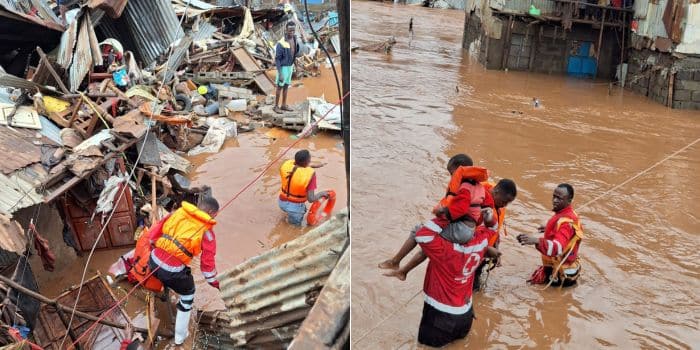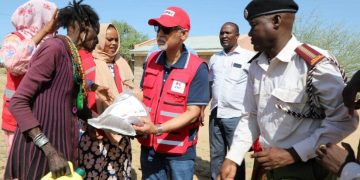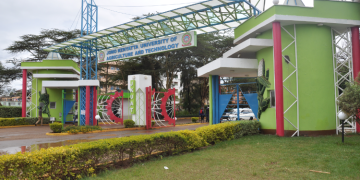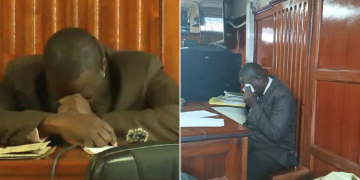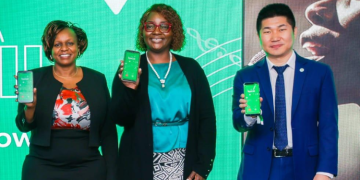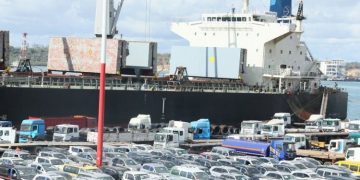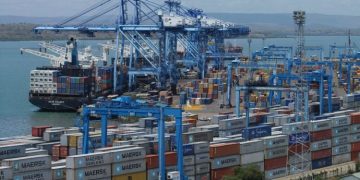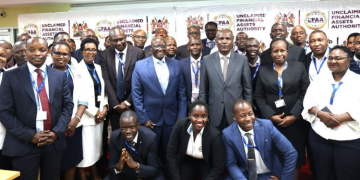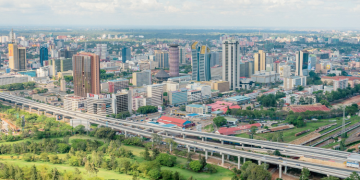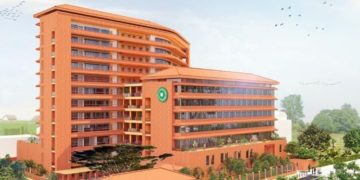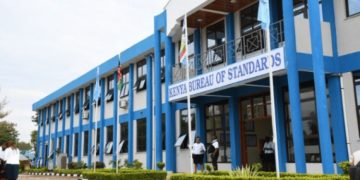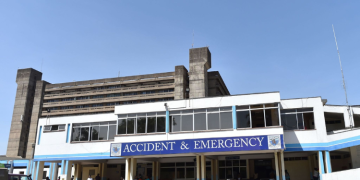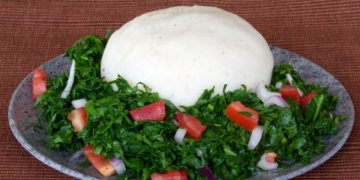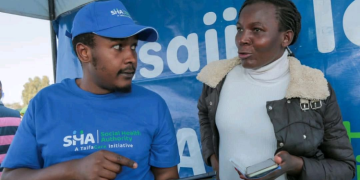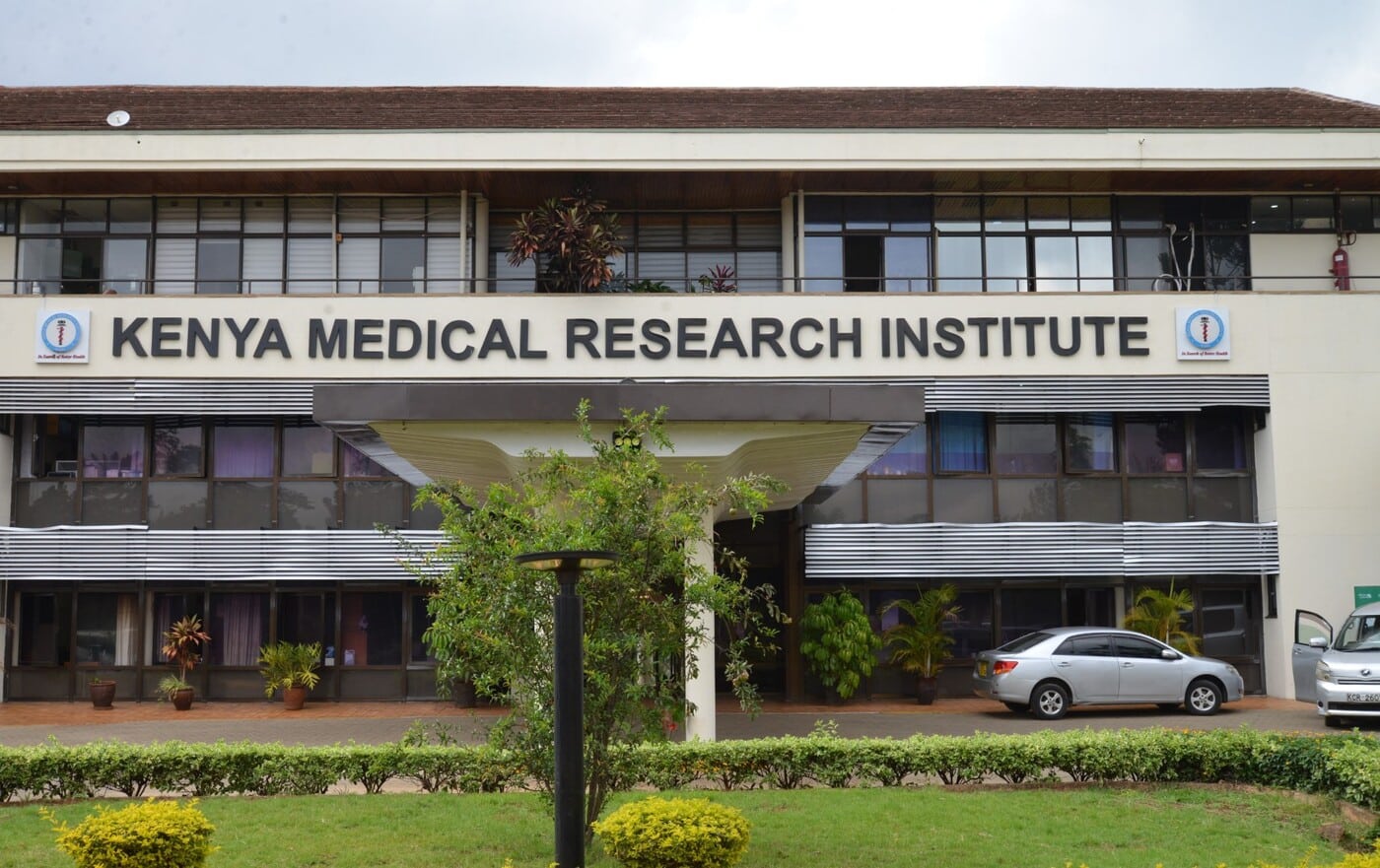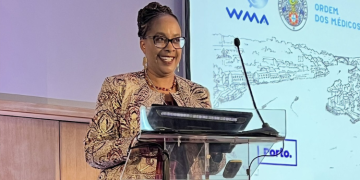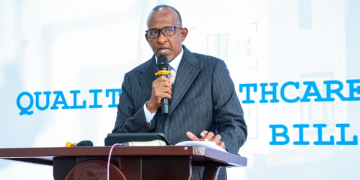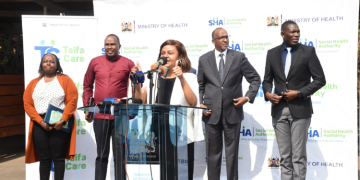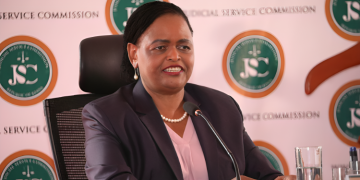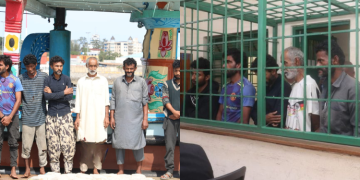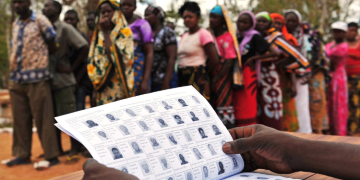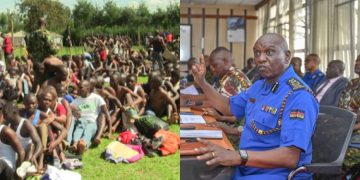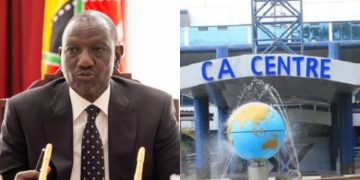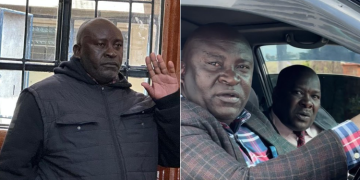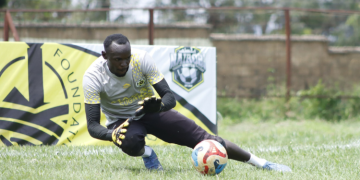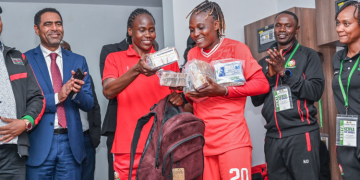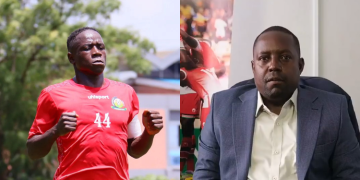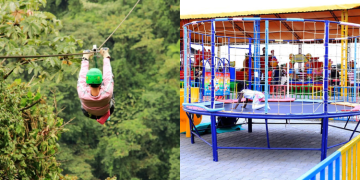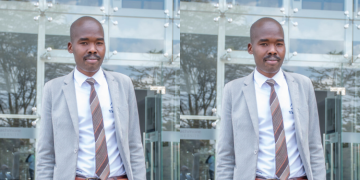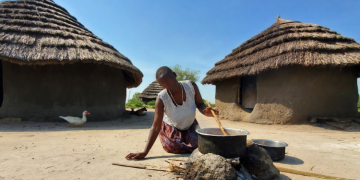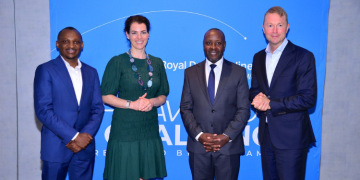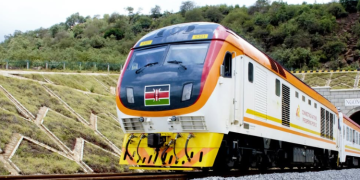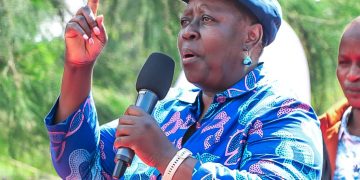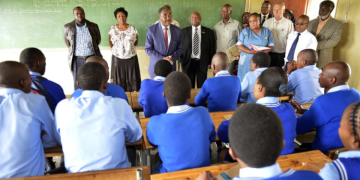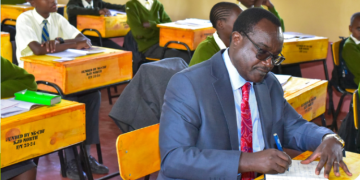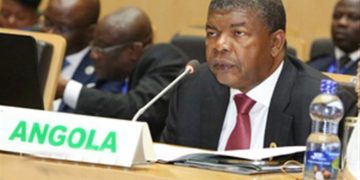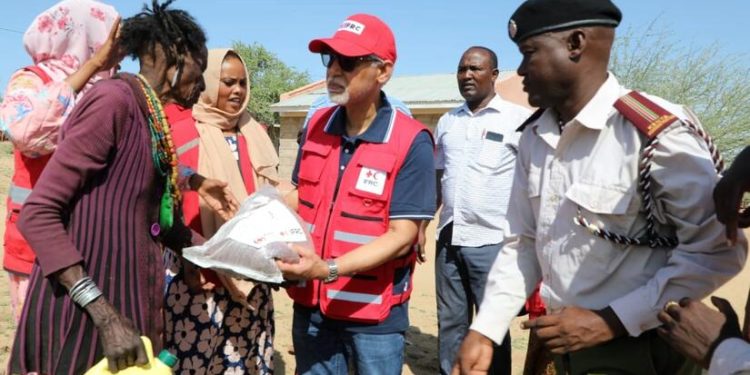The International Federation of Red Cross and Red Crescent Societies (IFRC) has launched an emergency appeal of CHF 15 million to support the Kenya Red Cross Society (KRCS) in responding to a worsening humanitarian crisis in Kenya’s Arid and Semi-Arid Lands (ASALs).
The funds will help provide life-saving assistance to more than 300,000 people affected by drought, floods, and disease outbreaks.
“An emergency appeal for 15 million Swiss Francs enables KRCS to scale up lifesaving and early recovery efforts to 300,000 people across health, nutrition, shelter, water, and livelihoods,” IFRC appealed.
“This appeal builds on previous DREF operations and strengthens coordination with government authorities and humanitarian partners to ensure aid reaches the most vulnerable communities.”
IFRC Launches Global Appeal to Save 2.1 Million Kenyans
According to IFRC, Kenya is currently facing severe climate shocks marked by alternating floods and droughts. After El Niño-driven floods in late 2023 and early 2024, the October–December 2024 short rains failed across ASAL regions, which make up 90% of the country and support nearly 16 million people.
This failure disrupted cropping cycles, dried up water sources, and worsened food insecurity.
“Kenya’s Arid and Semi-Arid Lands (ASALs) are facing one of the worst droughts in recent years. Failed rains, water scarcity, and livestock deaths have left 2.1 million people at risk of acute food insecurity,” IFRC said.
“Communities already weakened by previous floods are running out of options. At the same time, above-average rainfall in parts of Turkana and the Lake Basin threatens flooding, displacement, and waterborne disease outbreaks.”
By early 2025, drought conditions intensified in counties such as Wajir, Kilifi, and Kwale, which have entered the “Alert” phase of drought.
At the same time, forecasts indicate that while ASAL areas will continue receiving below-average rainfall, parts of Turkana and the Lake Basin may experience 35% above-average rainfall, heightening the risk of flooding, displacement, and waterborne diseases.
Also Read: UNICEF Kenya Seeks Funds to Support Families Affected by Drought
IFRC says the situation could push 2.1 million Kenyans into Integrated Food Security Phase Classification (IPC) Phase 3 (Crisis) or worse.
“An estimated 1.8 million people need urgent food assistance (IPC Phase 3 or higher), and this is expected to rise to 2.1 million by early 2026,” the humanitarian society said.
“Within this group, 179,000 people are already in IPC Phase 4 (Emergency), mainly in Baringo, Mandera, Marsabit, and Turkana.”
Over 740,000 children under five are acutely malnourished, including 178,938 with Severe Acute Malnutrition (SAM) and 562,946 with Moderate Acute Malnutrition (MAM).
Additionally, 109,462 pregnant and lactating women require urgent treatment.
Water scarcity has forced families to walk long distances as rivers and water pans dry up, while livestock deaths have further weakened household incomes and food security.
The spread of cholera, Rift Valley Fever, and brucellosis has worsened health risks, especially in remote regions where humanitarian funding shortfalls have disrupted immunization, nutrition, and primary healthcare services.
Cholera outbreaks are resurging, with Narok County reporting 55 suspected cases, six confirmed, and five deaths — a case fatality rate of 9.1%. The crisis is further compounded by protection risks such as gender-based violence and early marriages as families resort to negative coping mechanisms.
Despite these challenges, the Kenya Red Cross Society remains on the frontlines, delivering food, clean water, health services, shelter, and hygiene support.
With about 700 staff and more than 262,000 volunteers across 47 branches, KRCS continues to reach the most vulnerable communities. However, resources are rapidly depleting.
Also Read: Ruto Calls for Urgent Scale Up of Drought Response
Type of Support Needed
The IFRC appeal seeks to fund essential interventions across multiple sectors:
- Water, Sanitation, and Hygiene (WASH): Repairing and solarizing boreholes, water trucking, and distributing hygiene kits to prevent disease outbreaks.
- Food Security and Livelihoods: Scaling up cash transfers, supplying drought-tolerant seeds, providing fodder for livestock, and expanding emergency food and nutrition assistance.
- Health and Nutrition: Deploying mobile health teams, treating acute malnutrition, and offering psychosocial support.
- Protection and Inclusion: Ensuring safe and equitable access to aid while strengthening community feedback mechanisms.
- Shelter and Essentials: Assisting displaced families with basic shelter and household items.
Follow our WhatsApp Channel and X Account for real-time news updates.
